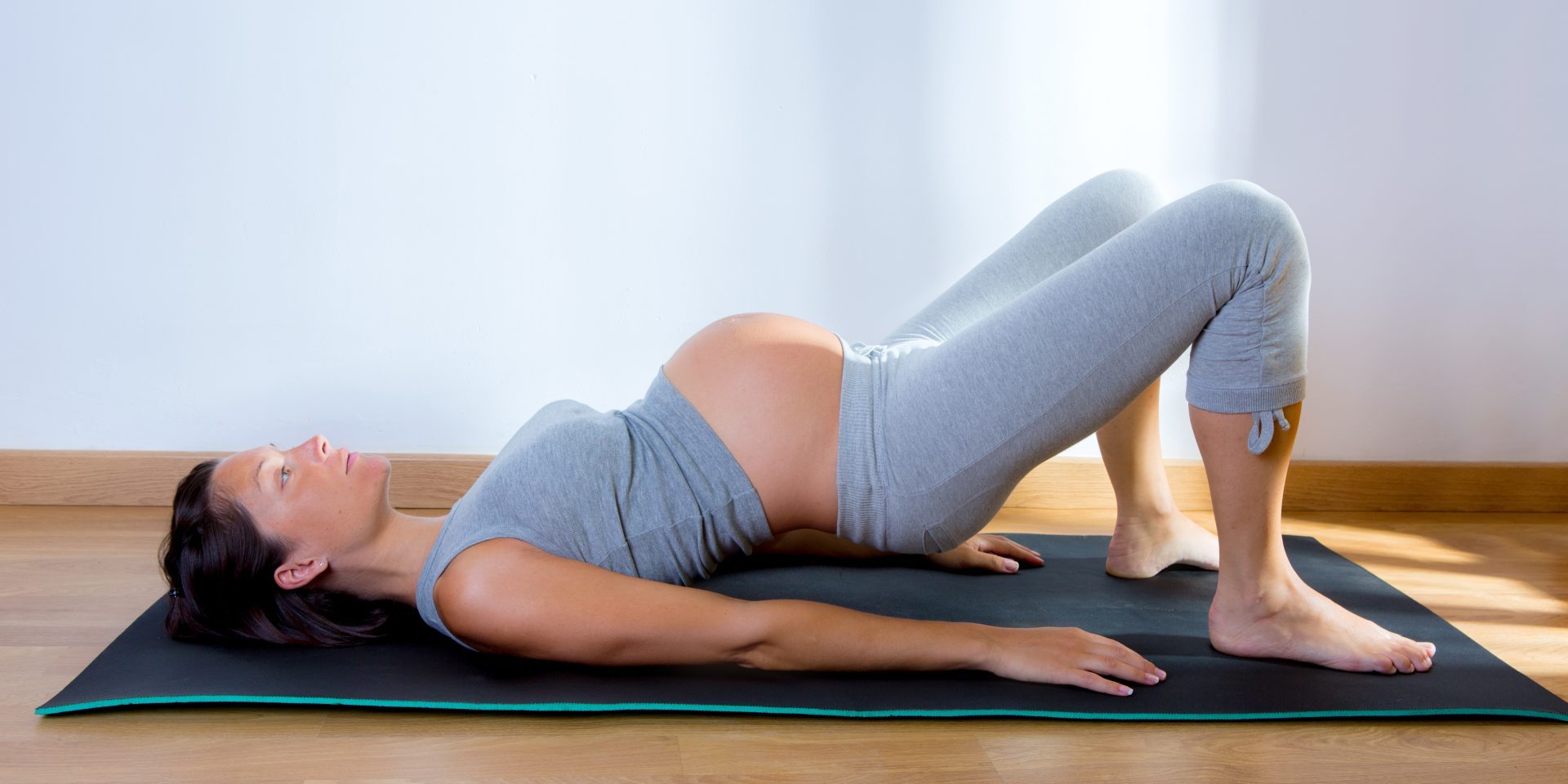Story at a glance:
|
This is big news for women and chiropractors alike.
This study [1] demonstrates that chiropractic care has an important impact in pregnancy. It’s just been published and in it Dr. Heidi Haavik and her co-investigators, Dr. Jenny Kruger and Professor Bernadette Murphy, show that adjusting vertebral subluxations alters pelvic floor muscle function.
- The study demonstrated that adjusting the pregnant women appears to relax the pelvic floor muscles at rest. As there were no changes seen when they adjusted the non-pregnant comparison group, this finding in the pregnant women appears to be an effect unique to pregnancy.
- This relaxation of the pelvic floor muscles seen after they were adjusted may mean that chiropractic care could be of benefit to pregnant women, as it may help them have a natural vaginal delivery.
- A secondary interesting finding of this study was that the non-pregnant chiropractic students in the comparison study were able to contract their pelvic floor muscles to a degree previously seen only in elite athletes. We don’t yet know exactly why, but a possible explanation for this is that they were chiropractic students who were regularly getting checked and adjusted and this may have been why they had such amazing control over their pelvic floor muscles. It’s also possible this would have a preventative effect against future pelvic floor dysfunction such as stress urinary incontinence! But the researchers say this needs to be followed up with future studies
Why the Pelvic Floor Study Matters
The pelvic floor muscles (the Levator Ani muscle complex) are known to have active roles in pregnancy and childbirth, as well as in spinal stabilisation. When the pelvic floor muscles are damaged or stressed over time, health issues like incontinence and vaginal prolapses can crop up [1]. We know these are problems with massive emotional, physical, social and financial costs across the world and a significant cause of stress for these women.
For a woman in labour, the ability to relax pelvic floor muscles (as well as contract them) to allow the baby to move through the birth canal is incredibly important, especially as the baby crowns.
The primary findings of this study are incredibly encouraging, especially given the fact that quantitatively assessing the effect of spinal adjustment on pelvic floor muscle function has not previously been done.
The researchers studied the women pre and post adjustment.
“We were expecting to see changes on the squeezes and the pushes and all of that, but we saw nothing. But what was really interesting is that the actual (hiatus) hole itself got larger at rest. What it suggests is that those muscles that form the Pelvic Floor rim that holds all our internal organs and that move to give birth to the baby, must have relaxed,” said Heidi Haavik in a recent interview with Spinal Research.
“That alone is extremely exciting…Opening up those muscles is so important to be able to give birth.”
What could this study mean?
Again, it’s early days in terms of understanding the full impact of this study’s findings. We do know that adjusting women in pregnancy gives them a greater ability to relax the pelvic floor. We also know that something very unusual occurs in chiropractic students who are being adjusted regularly.
For pregnant women, this has the potential to give them a greater degree of control over the pelvic floor muscles, which in turn may make vaginal childbirth easier. At this point, we can only speculate on what the impacts could be in terms of reduced need for medical interventions, or increased well-being of mother and child. But it does show us that chiropractic may be of benefit to pregnant women.
Haavik concedes that these are big ‘ifs.’ Once again, more research is required but the flow on effects could be far reaching.
Read more about this study.
 References
References
[1] Effect of Spinal Manipulation on Pelvic Floor Functional Changes in Pregnant and Nonpregnant Women: A Preliminary Study. Haavik, Heidi et al. Journal of Manipulative & Physiological Therapeutics , Volume 39 , Issue 5 , 339 – 347









